The Devastating Impact of Deforestation on Climate Change
- August 6, 2024
- 0 comment
Deforestation is more than just cutting down trees it’s an environmental crisis that’s reshaping our planet’s climate. When forests vanish, the carbon they store gets released back into the atmosphere, turning lush green expanses into hot spots for carbon emissions. This introduction explores how the loss of forests not only threatens biodiversity but also amplifies climate change, altering weather patterns and escalating global warming. As we peel back the layers of deforestation’s impact, the urgent need for action becomes starkly clear.
What is Deforestation?
Deforestation refers to the removal of a forest or stand of trees from land which is then converted to a non-forest use. Common examples of deforestation include converting forested lands for farms, ranches, or urban use. This process has significant implications for the environment, as forests are critical for maintaining biodiversity, storing carbon, and regulating the global climate. Trees absorb carbon dioxide as they grow, making them vital for combating climate change. However, when they are cut down, the carbon they store is released back into the atmosphere, exacerbating the greenhouse effect.
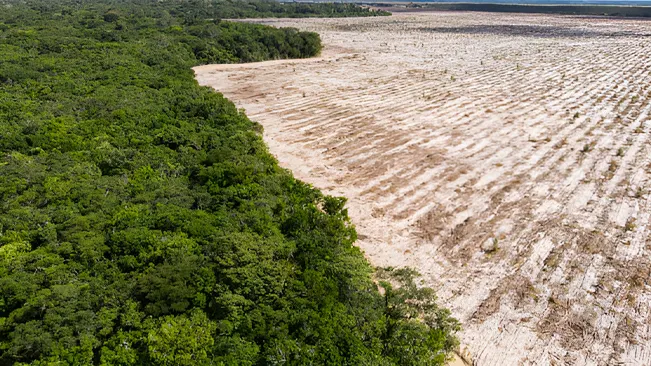
The causes of deforestation are varied and include both natural and human factors. Natural causes can range from wildfires to diseases that kill large numbers of trees. However, the majority of deforestation is driven by human activities. Agriculture is the leading cause, with farmers clearing forests to make room for crops and livestock. Logging operations, which provide the world’s wood and paper products, also cut down countless trees each year. Urban expansion plays a role as well, as forests are cleared to make way for new developments. The loss of forests not only impacts the climate and biodiversity but also affects water cycles and soil fertility, leading to a host of environmental problems.
What Is Climate Change?
Climate change refers to significant changes in global temperatures and weather patterns over time. While climate variability is a natural part of Earth’s history, the rapid changes seen in recent decades are largely attributed to human activities, particularly the emission of greenhouse gases like carbon dioxide and methane. These gases trap heat in the atmosphere, leading to a warming effect known as the greenhouse effect. As a result, the Earth’s average surface temperature has increased, and patterns of weather and climate have changed, creating unpredictable and often extreme weather conditions. This includes not only warmer temperatures but also altered rain patterns, more frequent and severe storms, and changing sea levels.
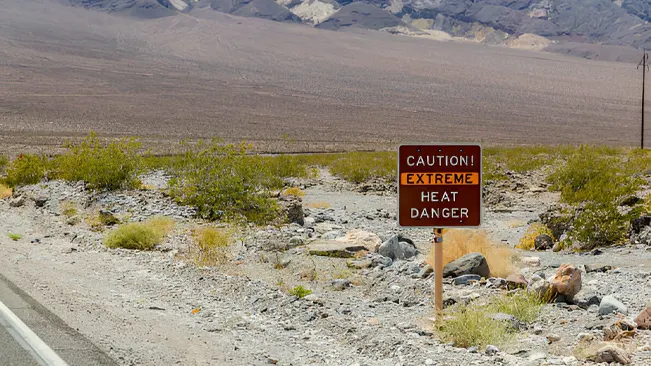
The impacts of climate change are vast and deeply interconnected, affecting ecosystems, human health, agriculture, and economies. Rising temperatures and shifting precipitation patterns disrupt natural habitats and threaten species with extinction. For humans, the consequences range from health risks like heatstroke and diseases spread by water and insects, to economic impacts due to damage to infrastructure and reduced agricultural productivity. Moreover, climate change exacerbates social inequalities, disproportionately affecting the poorest communities who are least able to adapt. Addressing climate change requires global cooperation and a multifaceted approach, including reducing greenhouse gas emissions, enhancing renewable energy use, and implementing adaptation strategies to mitigate the impacts already in motion.
Deforestation and Climate Change
Deforestation and climate change are intricately linked, each exacerbating the other in a destructive cycle. Deforestation, the large-scale removal of trees, contributes significantly to climate change as forests play a crucial role in carbon sequestration. Trees absorb carbon dioxide—one of the main greenhouse gases—from the atmosphere during photosynthesis, thereby reducing the atmospheric concentration of this heat-trapping gas. When forests are cleared, not only is this carbon-absorbing capacity lost, but the stored carbon in the trees is also released back into the atmosphere as CO2 when they are burned or decay, intensifying the greenhouse effect and accelerating global warming.
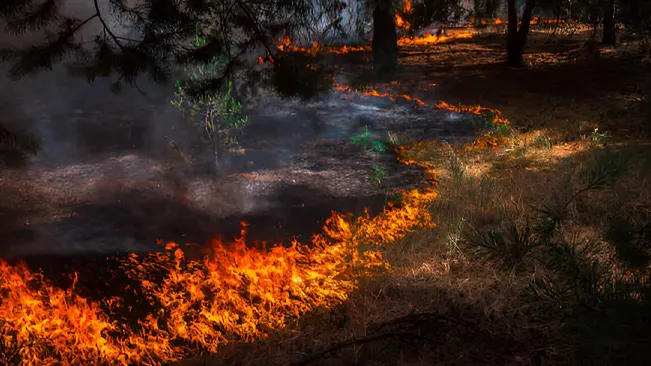
The effects of climate change, in turn, exacerbate the risks and impacts of deforestation. For instance, warmer temperatures and altered precipitation patterns can increase the frequency and intensity of wildfires, further degrading forest ecosystems. Changes in climate can also stress forests, making them less resilient and more susceptible to diseases and pests. This vicious cycle poses a severe threat to biodiversity as well as to the people who depend on forests for their livelihoods. Addressing these interconnected issues requires integrated strategies that not only reduce deforestation but also mitigate climate change effects, promoting sustainable land management and forest conservation as part of a broader environmental stewardship effort.
Why does Deforestation Occur?
Agriculture and Livestock Production
Agriculture and livestock production are major drivers of deforestation worldwide, driven by the need to convert forests into croplands and pastures to meet growing global food demands. Slash-and-burn techniques and mono culture planting, where large tracts are used for a single crop, lead to significant ecological damage such as soil erosion and biodiversity loss, reducing the land’s long-term productivity.
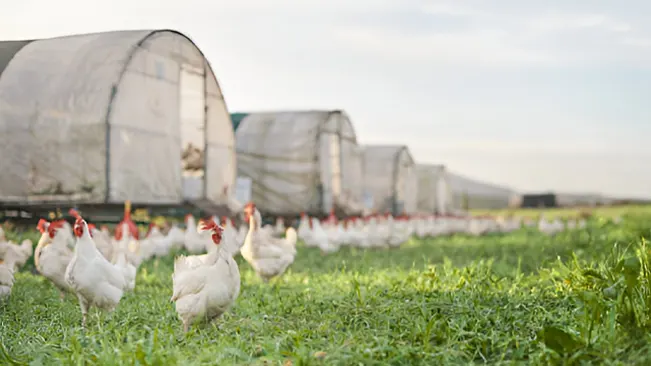
In regions like the Amazon, vast areas of forest are also transformed into grazing lands for livestock due to the high demand for meat and dairy products. This practice compacts the soil and inhibits the natural regrowth of local flora, disrupting ecosystems and reducing biodiversity. These converted lands lose their ability to store carbon effectively, worsening climate change impacts.
Logging
Logging, the process of cutting down trees for wood, plays a significant role in forest degradation. This industry feeds the global demand for wood products, such as paper, furniture, and building materials. While some logging is managed sustainably, illegal logging which accounts for a substantial portion of global timber trade occurs without adherence to environmental standards, leading to widespread ecological disruption. Illegal loggers often target the most valuable species, leaving a barren landscape that struggles to regenerate.
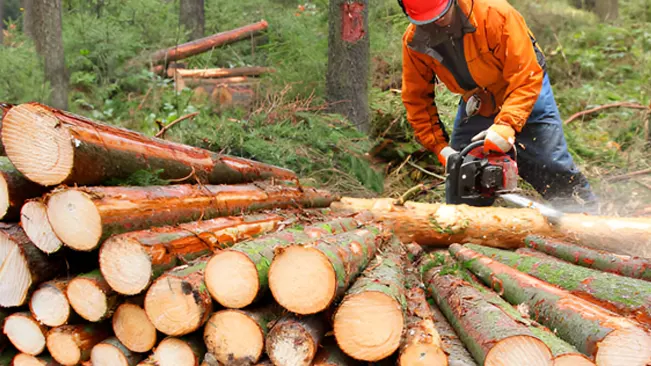
The impact of both legal and illegal logging extends beyond just the removal of trees; it includes the construction of roads to access remote forests, which fragments habitats and opens up previously inaccessible areas to poachers and more loggers. The cycle of degradation continues as these roads allow for further exploitation of the area by other industries, such as mining and agriculture. Sustainable logging practices and stricter enforcement of logging laws are essential to mitigate these effects and ensure that forests can continue to thrive and support their ecosystems.
Urbanization
Urbanization contributes to deforestation as cities expand outward to accommodate population growth. This expansion often comes at the expense of forests, which are cleared to make room for residential areas, commercial developments, and infrastructure. The process not only strips the land of trees but also alters entire ecosystems, making it difficult for local wildlife to survive. Urban sprawl creates isolated patches of green spaces, leading to fragmented habitats that cannot support viable populations of many species.

The environmental impact of urbanization is significant, as it leads to increased pollution, higher temperatures, and reduced air quality within urban areas. Moreover, the loss of forests around urban centers reduces these areas’ ability to act as natural buffers against climate change. Forests help moderate temperatures, filter air, and regulate water cycles. Without them, cities may face increased flooding, heatwaves, and air pollution, highlighting the need for integrated urban planning that incorporates green spaces and considers the ecological footprint of urban expansion.
Mining
Mining is a destructive process that often leads to significant deforestation, especially in resource-rich areas. Operations such as coal, gold, and diamond mining require large swathes of land to be cleared and excavated, disturbing the soil and disrupting ecosystems. These activities not only result in the loss of trees but also significantly degrade the land, making it unusable for other purposes once mining ceases.

Moreover, mining activities frequently lead to water pollution due to the release of toxic chemicals used in the extraction process. This contamination can have devastating effects on aquatic life and water quality downstream, affecting both wildlife and human populations. The physical and chemical disruptions caused by mining render the landscape vastly different from its natural state, often with irreversible effects. Rehabilitation and reforestation efforts are critical to restoring these areas, although they can rarely fully replace the original biodiversity and ecological functions of the destroyed forests.
Effects of Deforestation
Biodiversity Loss
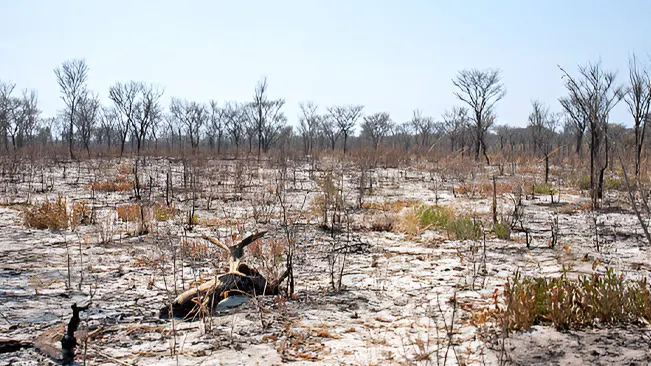
Forests are critical sanctuaries for an immense variety of life forms. The destruction of these areas leads to direct habitat loss, diminishing populations of countless species and potentially leading to extinctions. The disruption of ecological balances, crucial for processes like pollination and nutrient cycling, diminishes ecosystem health and resilience. Furthermore, the loss of biodiversity reduces the availability of resources like medicinal ingredients and genetic material, crucial for developing resilient crops and adapting to environmental changes.
Climate Change
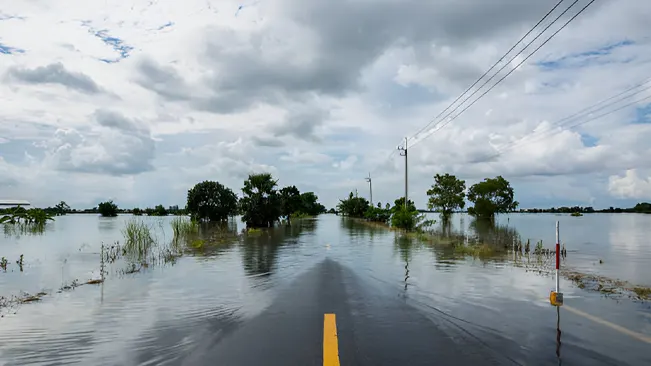
Forests are key carbon sinks, mitigating climate change by absorbing CO2 from the atmosphere. Deforestation not only reduces this carbon storage capacity but also releases stored carbon, significantly increasing atmospheric greenhouse gases. This exacerbates global warming, alters weather patterns, and increases the frequency of extreme weather events. Changes in forest cover also affect the Earth’s ability to reflect sunlight, further influencing temperatures and weather systems.
Soil Degradation

Forests enhance soil structure and fertility through their root systems and the organic matter they contribute, helping prevent erosion and maintaining fertile topsoil. The removal of trees exposes soil to erosion and nutrient depletion, often rendering land barren and unsuitable for agriculture. This degradation prompts a cycle of clearing more forests in search of fertile land, emphasizing the need for sustainable land management practices like reforestation.
Water Cycle Disruption
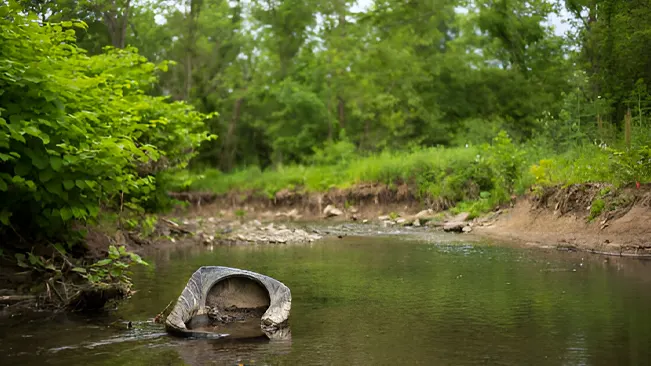
Forests play a crucial role in the water cycle, aiding in cloud formation and precipitation through transpiration. Deforestation disrupts this cycle, reducing rainfall and increasing aridity, which destabilizes ecosystems and affects water availability for all forms of life. The reduced forest cover also leads to less effective water absorption into the soil, exacerbating droughts and floods and impacting agriculture and human settlements.
Impact on Indigenous and Local Communities
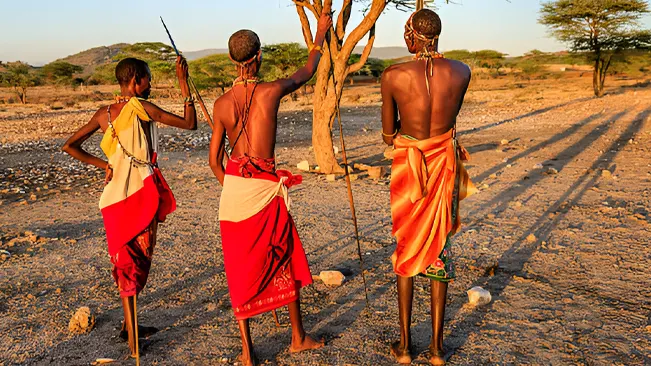
Forests are integral to the cultural, spiritual, and economic well-being of many indigenous and local communities. Deforestation can sever their ties to ancestral lands, displacing populations, and eroding cultural identities. This not only impacts their traditional lifestyles but also leads to the loss of invaluable knowledge on sustainable forest management, underscoring the importance of protecting these communities’ rights and incorporating their insights into conservation strategies.
Economic Impacts
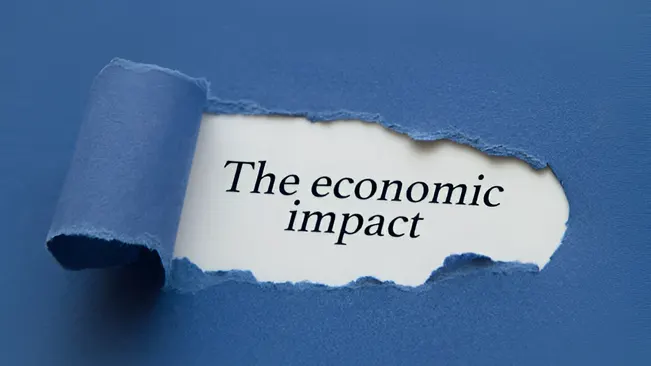
While deforestation might initially seem economically beneficial, it often leads to significant long-term costs by undermining ecosystem services like water purification and climate regulation. These losses can necessitate increased spending on infrastructure to replace natural services, and diminish tourism and raw material availability, affecting both local and national economies. Promoting sustainable forest management and alternative livelihoods can help balance development needs with environmental conservation, ensuring economic stability.
How Deforestation Contributes To Climate Change
Carbon Emission
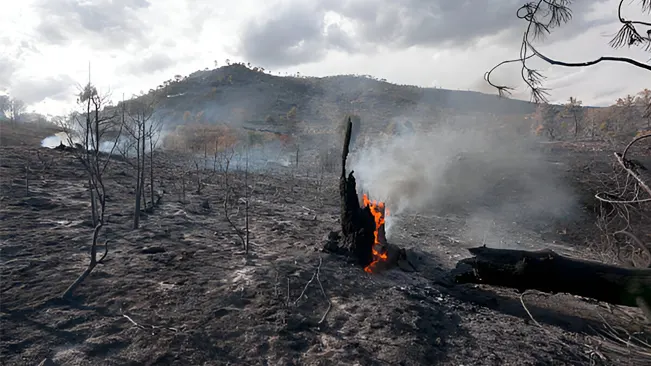
Forests act as carbon sinks, storing vast amounts of carbon in their biomass, primarily in trees. When forests are cut down, the carbon stored in the wood is released into the atmosphere as carbon dioxide (CO2), a major greenhouse gas. This release occurs through both the decay of felled trees and the burning of forest biomass, a common practice in land-clearing. For example, when tropical forests are cleared for agricultural purposes, the burning of trees and plants rapidly releases a large amount of CO2, boosting the concentration of greenhouse gases in the atmosphere.
Loss of Carbon Sequestration
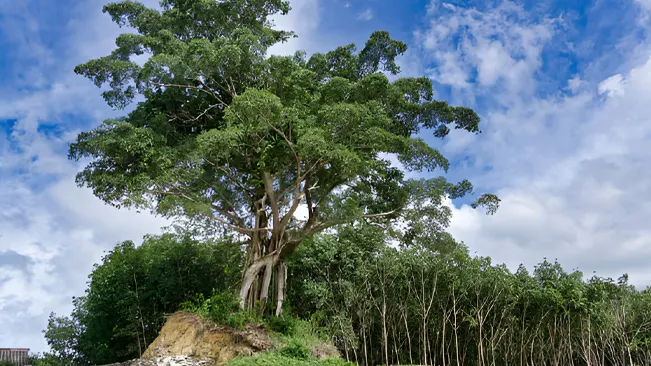
Living forests continuously absorb CO2 from the atmosphere during the process of photosynthesis, a natural method of carbon sequestration. By removing trees and reducing forest areas, deforestation not only emits stored carbon but also diminishes the planet’s capacity to absorb and store future emissions. This double impact accelerates the accumulation of greenhouse gases in the atmosphere, contributing directly to global warming and climate change.
Albedo Effect
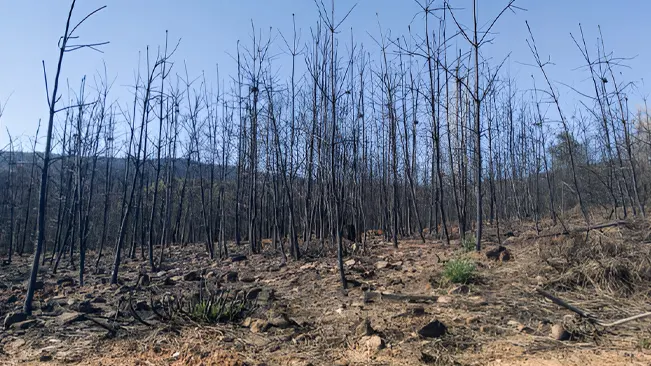
Forests have a low albedo, meaning they absorb a high proportion of incoming solar radiation. When forests are replaced with lighter surfaces like crops or barren land, the albedo of the area increases, reflecting more solar energy back into the atmosphere. This can affect local and even global temperatures and may disrupt local climate systems. For instance, deforested areas may become significantly hotter, altering local weather patterns and potentially impacting regional climates.
Impact on Water Cycles

Forests influence local and global water cycles by facilitating the transpiration process, where water is absorbed by tree roots and released into the atmosphere through leaves. Forests are critical in maintaining the humidity of their micro climates and in regulating regional rainfall patterns. When deforestation occurs, these water cycles are disrupted, potentially leading to reduced rainfall and increased aridity. This not only affects weather patterns but can also reduce the natural cooling effect of these environments, further contributing to local temperature increases.
Solutions to Deforestation
Reforestation
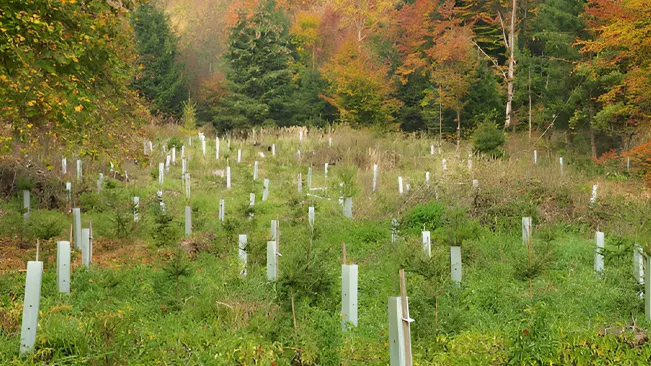
Reforestation involves planting trees in areas affected by deforestation to restore natural ecosystems and enhance biodiversity. This process helps sequester atmospheric carbon dioxide, stabilize soil, and improve water retention, effectively reversing environmental degradation. Reintroducing native species promotes the recovery of local flora and fauna, crucial for ecological balance. Engaging local communities in these projects not only provides economic benefits but also educates and empowers them to manage forests sustainably, fostering a deeper connection with the environment.
Sustainable Practices

Implementing sustainable agricultural and logging practices is essential for reducing the impact on forests. Techniques like forestry, which combines crop cultivation with tree farming, help preserve the ecological functions of landscapes. Sustainable logging, including selective cutting and continuous cover forestry, minimizes environmental damage and allows forests to regenerate more effectively. Supporting these practices through certifications like the Forest Stewardship Council (FSC) encourages responsible forest management and helps consumers choose sustainably sourced products.
Conservation Efforts
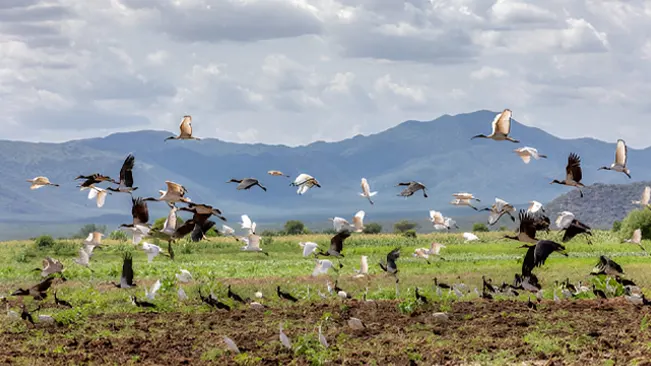
Creating protected areas and wildlife reserves is vital for protecting ecosystems from deforestation. These zones serve as sanctuaries for endangered species and maintain biodiversity, which is crucial for ecological adaptability. Legal restrictions in these areas prevent destructive activities such as logging and mining, preserving essential ecological functions like carbon storage and water filtration. International cooperation, including funding and policy support through programs like REDD+, enhances the effectiveness of conservation strategies, while public awareness campaigns promote community involvement and ensure ongoing protection.
Conclusion
In conclusion, deforestation significantly exacerbates climate change by reducing vital carbon sinks and releasing stored carbon dioxide, which intensifies the greenhouse effect and global warming. This destruction disrupts weather patterns, decreases biodiversity, and destabilizes vital ecosystems. Addressing this issue is crucial sustainable land use and forest conservation are imperative to mitigate climate change’s impacts and ensure a sustainable future for all. As we progress, preserving and restoring forests becomes essential, not just for ecological balance but as a fundamental action for life’s sustainability on Earth.
FAQs
- What is deforestation?
Deforestation is the removal of a dense forest where the land is thereafter converted to a non-forest use, such as agriculture, urban development, or mining. - How does deforestation affect climate change?
Deforestation contributes to climate change by releasing significant amounts of carbon dioxide when trees are cut down and burned. Additionally, the loss of forests eliminates critical carbon sinks, reducing the Earth’s capacity to absorb greenhouse gases. - What are the main causes of deforestation?
Major causes include agricultural expansion, logging, mining, infrastructure development, and increased urbanization. - Can reforestation help combat climate change?
Yes, reforestation can mitigate climate change by absorbing CO2 from the atmosphere, restoring biodiversity, stabilizing soil, and improving water cycles. - What are sustainable practices that can reduce deforestation?
Sustainable practices include promoting forestry, enforcing stricter logging regulations, using Eco-certified products, and supporting sustainable land management policies. - How does deforestation disrupt water cycles?
Deforestation reduces the amount of water vapor released into the atmosphere through transpiration, leading to decreased rainfall and increased aridity, which disrupts local and global water cycles. - What impact does deforestation have on biodiversity?
It leads to significant biodiversity loss by destroying habitats, which is critical for many species’ survival, and disrupts ecological balances necessary for functional ecosystems. - What can individuals do to help combat deforestation?
Individuals can help by using products certified for sustainable forestry, supporting conservation efforts, advocating for policies that protect forests, and raising awareness about the importance of forests to climate stability. - What role do governments play in controlling deforestation?
Governments can enforce laws against illegal logging, create protected areas, implement reforestation projects, and promote sustainable land use practices to control deforestation. - Why is preserving forests important for the future?
Preserving forests is crucial for maintaining global biodiversity, regulating the climate, supporting indigenous and local communities, and ensuring overall environmental health for future generations.

Joel Cunningham
Forestry AuthorI'm Joel Cunningham, an expert in pruning and weed management with over a decade of experience. My skills are rooted in formal training and extensive practice, focusing on advanced pruning techniques and efficient weed control. I'm known for my quality work, precision, and deep understanding of plant health and soil dynamics. My contributions extend to educational initiatives where I share sustainable practices and advice, establishing myself as a reliable and authoritative figure in the gardening community.

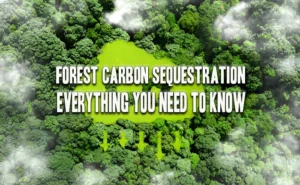
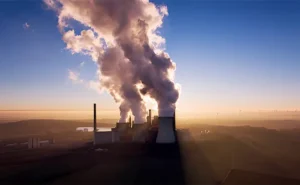

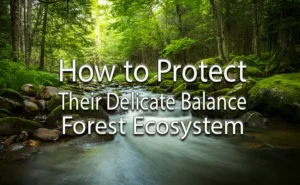
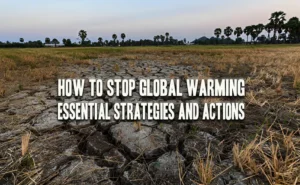



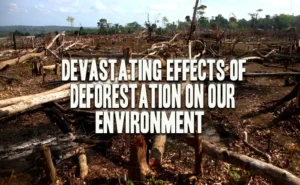
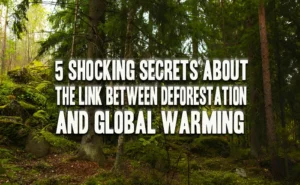

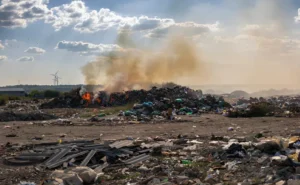
Leave your comment